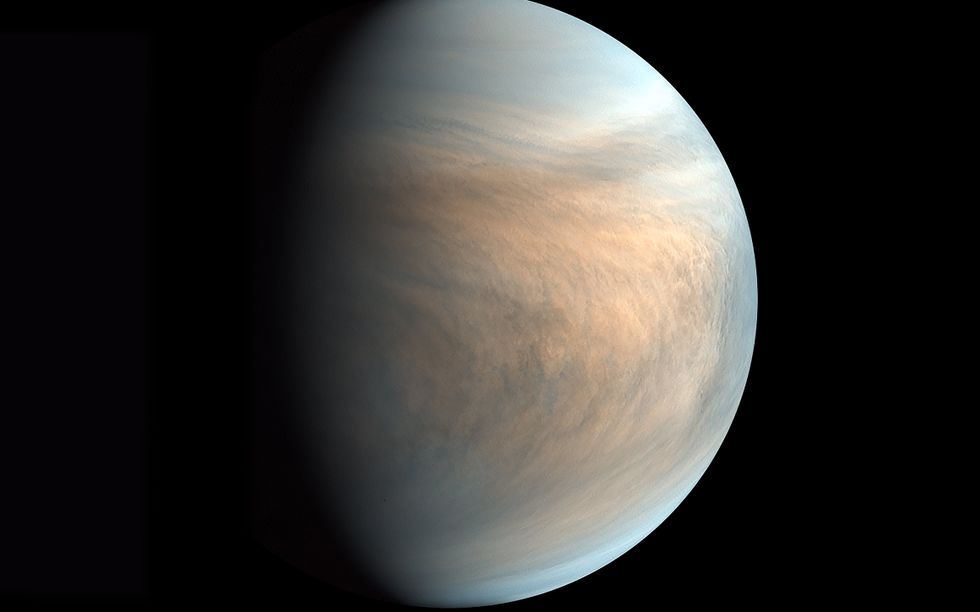Now Reading: Tracing Halley’s Comet: Stories from Its Debris
-
01
Tracing Halley’s Comet: Stories from Its Debris
Tracing Halley’s Comet: Stories from Its Debris

Rapid Summary
- Fragments from Halley’s Comet are burning up in Earth’s atmosphere, producing the annual Eta Aquarids meteor shower.
- The meteor shower will peak early on Tuesday morning and is visible globally, with optimal viewing in the Southern Hemisphere.
- Halley’s Comet itself won’t pass Earth again until 2061 but leaves debris trails that generate regular showers like the eta Aquarids in May and Orionids in October.
- Named after astronomer Edmond Halley (1759), this celestial phenomenon has captivated humanity for over two millennia.
Indian Opinion Analysis
Meteor showers such as the Eta Aquarids not only inspire global scientific curiosity but also resonate culturally and scientifically within India’s long tradition of astronomy-dating back to ancient civilizations that studied cosmic events meticulously.For modern India, these phenomena provide opportunities to engage the public with space science education, astronomy tourism potential, and broader international collaborations in astrophysics research facilitated by institutes like ISRO.
Viewers across geographic locations can marvel at this spectacle, though India’s position makes visibility more challenging compared to regions closer to the Southern Hemisphere-highlighting how astronomic geography shapes observation experiences.Read More

























